Evaporation
During evaporation, water from oceans, rivers, and other bodies of water is heated by the sun and turns into water vapor, a gas. This water vapor then rises into the atmosphere.
Condensation
As the water vapor rises, it cools and condenses to form clouds. This process is called condensation. The tiny water droplets in the clouds eventually combine to form larger droplets.
Precipitation
When the water droplets in the clouds become heavy enough, they fall to the Earth's surface as precipitation. This can be in the form of rain, snow, sleet, or hail.
Runoff
Once precipitation reaches the Earth's surface, it may flow over the ground as runoff and eventually make its way back to the oceans, rivers, and lakes, where the cycle begins again.
[Water Cycle] Related Worksheets and Study Guides:
.◂Math Worksheets and Study Guides Sixth Grade. Graphs
Study Guide Graphs
Graphs  Activity Lesson
Activity Lesson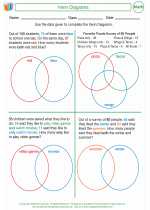 Venn Diagrams
Venn Diagrams  Worksheet/Answer key
Worksheet/Answer key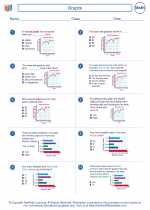 Graphs
Graphs  Worksheet/Answer key
Worksheet/Answer key Graphs
Graphs  Worksheet/Answer key
Worksheet/Answer key Graphs
Graphs  Worksheet/Answer key
Worksheet/Answer key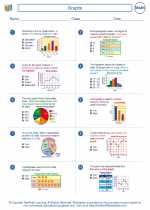 Graphs
Graphs  Worksheet/Answer key
Worksheet/Answer key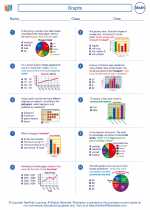 Graphs
Graphs  Worksheet/Answer key
Worksheet/Answer key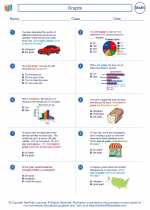 Graphs
Graphs  Worksheet/Answer key
Worksheet/Answer key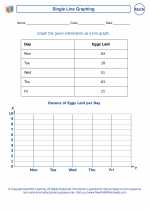 Single Line Graph
Single Line Graph  Worksheet/Answer key
Worksheet/Answer key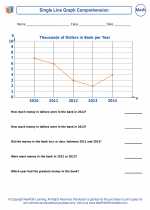 Single Line Graph Comprehension
Single Line Graph Comprehension  Worksheet/Answer key
Worksheet/Answer key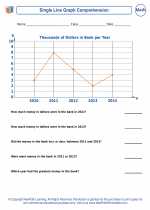 Single Line Graph Comprehension
Single Line Graph Comprehension  Worksheet/Answer key
Worksheet/Answer key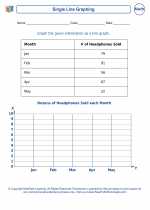 Single Line Graph
Single Line Graph  Worksheet/Answer key
Worksheet/Answer key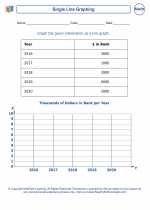 Single Line Graph
Single Line Graph  Worksheet/Answer key
Worksheet/Answer key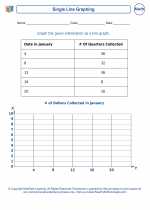 Single Line Graph
Single Line Graph  Worksheet/Answer key
Worksheet/Answer key Single Line Graph
Single Line Graph  Worksheet/Answer key
Worksheet/Answer key Single Line Graph
Single Line Graph  Worksheet/Answer key
Worksheet/Answer key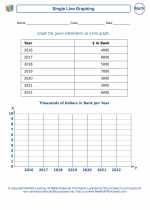 Single Line Graph
Single Line Graph 

 Activity Lesson
Activity Lesson
 Worksheet/Answer key
Worksheet/Answer key
 Worksheet/Answer key
Worksheet/Answer key
 Worksheet/Answer key
Worksheet/Answer key
 Worksheet/Answer key
Worksheet/Answer key
 Worksheet/Answer key
Worksheet/Answer key
 Worksheet/Answer key
Worksheet/Answer key
 Worksheet/Answer key
Worksheet/Answer key
 Worksheet/Answer key
Worksheet/Answer key
 Worksheet/Answer key
Worksheet/Answer key
 Worksheet/Answer key
Worksheet/Answer key
 Worksheet/Answer key
Worksheet/Answer key
 Worksheet/Answer key
Worksheet/Answer key
 Worksheet/Answer key
Worksheet/Answer key
 Worksheet/Answer key
Worksheet/Answer key
 Worksheet/Answer key
Worksheet/Answer key

The resources above cover the following skills:
Data Analysis and Probability (NCTM)
Formulate questions that can be addressed with data and collect, organize, and display relevant data to answer them.
Select, create, and use appropriate graphical representations of data, including histograms, box plots, and scatterplots.
Select and use appropriate statistical methods to analyze data.
Discuss and understand the correspondence between data sets and their graphical representations, especially histograms, stem-and-leaf plots, box plots, and scatterplots.